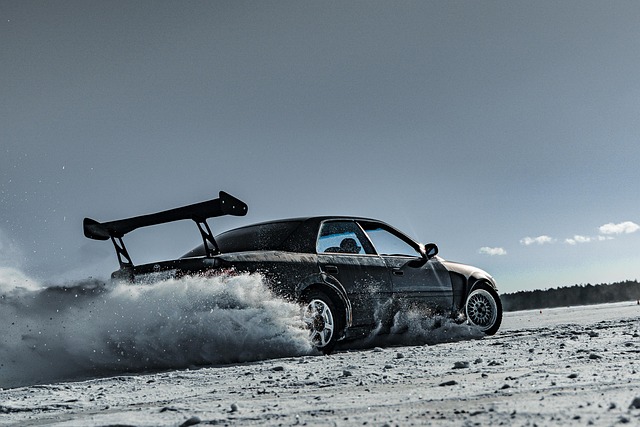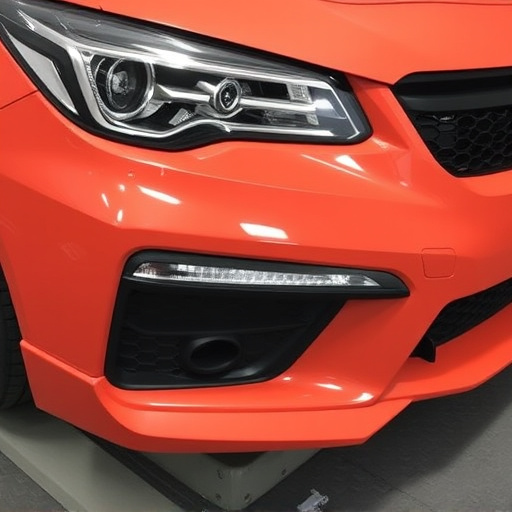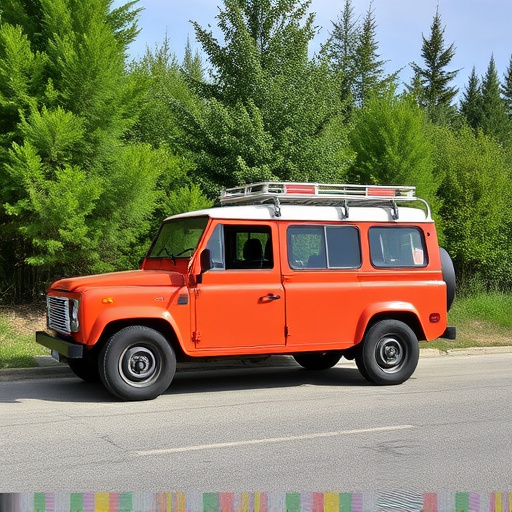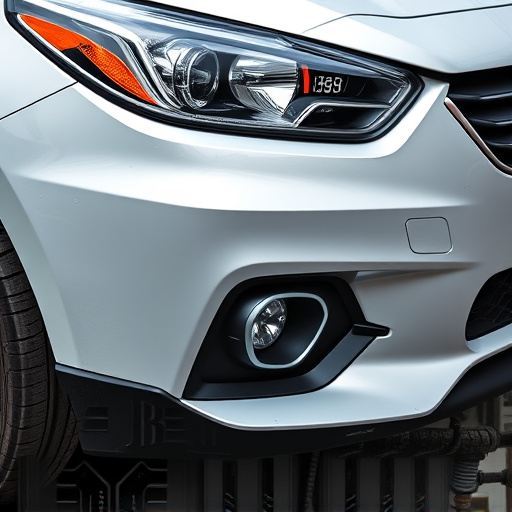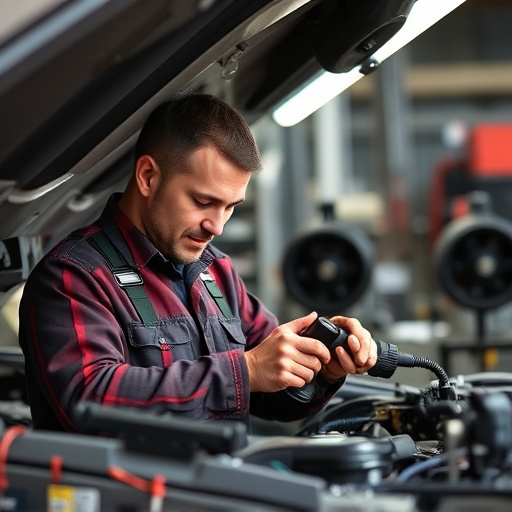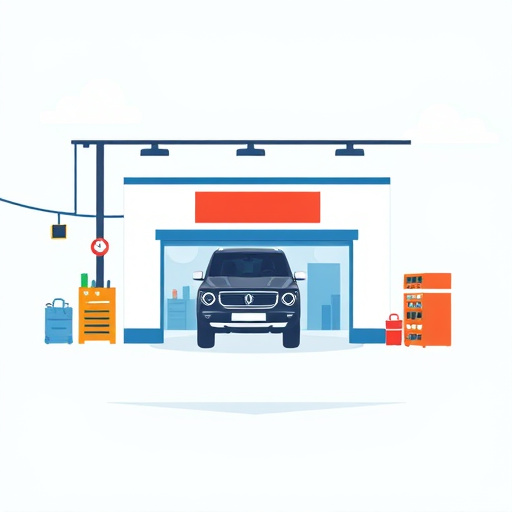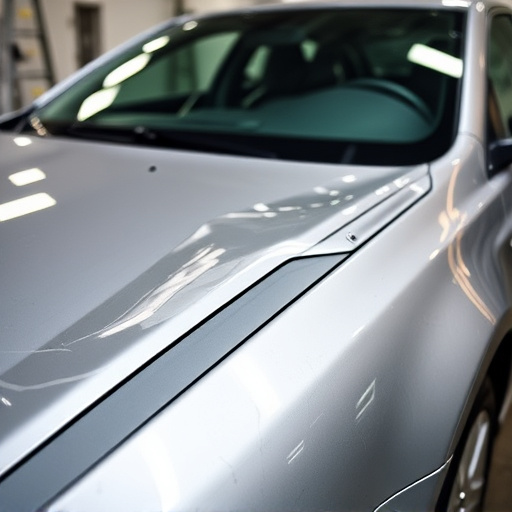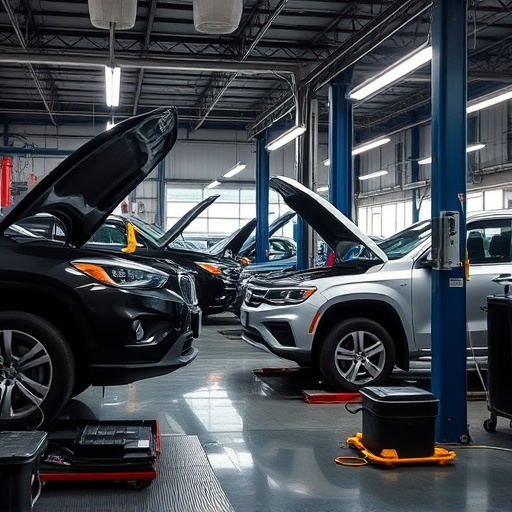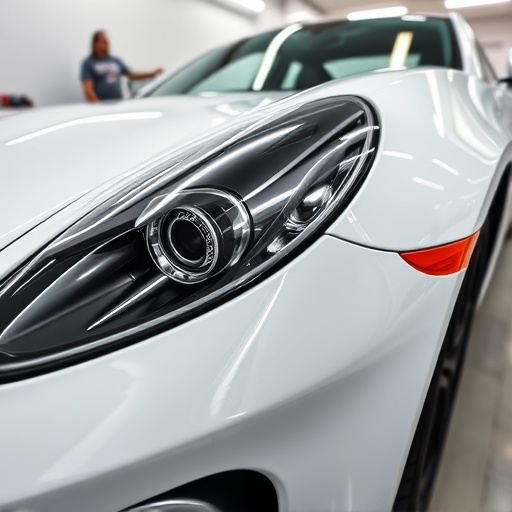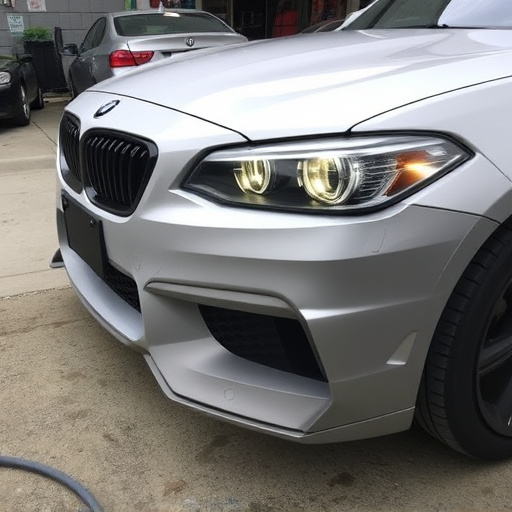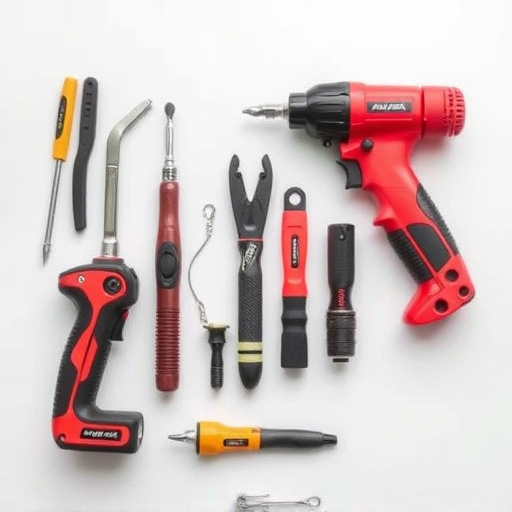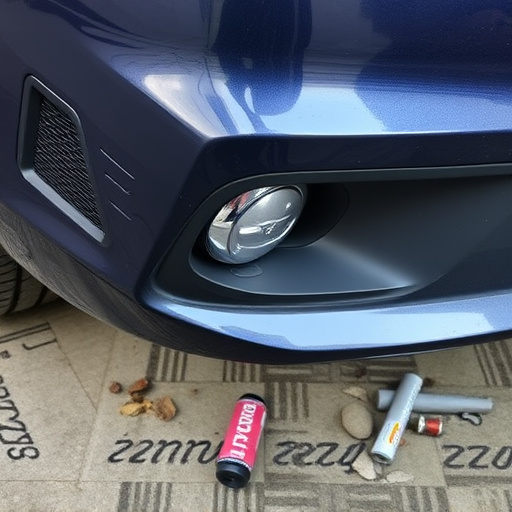Computerized paint matching technology transforms automotive repair and restoration, ensuring precise color matches across makes and ages, enhancing customer experiences, and setting industry standards. Adopted by retail stores for inventory management, it streamlines replenishment and ensures flawless finishes in collision damage repairs. This innovative system also revolutionizes historical preservation, offering accurate replication of ancient artworks and vintage vehicles, while its versatility extends to scratch repair for minimal damage visibility.
Discover the remarkable precision of computerized paint matching across diverse sectors. From the automotive industry, where automated systems ensure flawless color reproduction, to retail stores leveraging this technology for efficient inventory management, and even in the preservation of historical artifacts through digital paint analysis and replication – real-life examples demonstrate the transformative power of computerized paint matching. Explore these applications to understand how advanced algorithms are reshaping various fields.
- Exploring Automated Paint Color Precision in Automotive Industry
- Retail Stores: Efficient Inventory Management via Computerized Paint Matching
- Preserving Historical Artifacts: Digital Paint Analysis and Replication
Exploring Automated Paint Color Precision in Automotive Industry
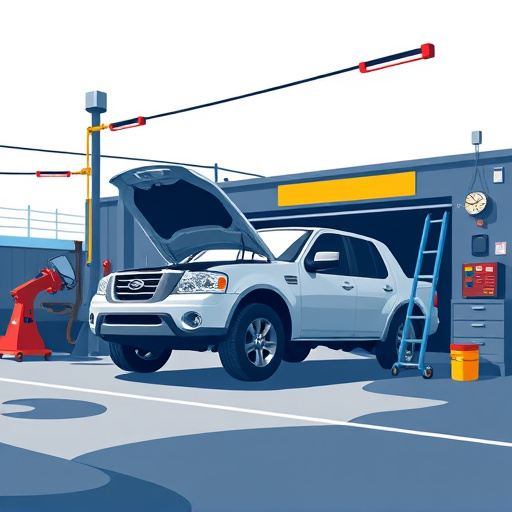
The automotive industry has been a pioneer in embracing computerized paint matching technology, setting a benchmark for precision and efficiency in vehicle restoration and repaint processes. This advanced system ensures that every car, regardless of its age or make, receives an exact color match, making it virtually indistinguishable from its original finish. Through automated systems, collision repair shops and hail damage repair facilities can achieve flawless results, eliminating the human error often associated with manual mixing and application.
By employing computerized paint matching, dent removal processes become more streamlined, as technicians can quickly identify and select the exact shade required to restore a vehicle’s aesthetic appeal. This technology not only enhances the overall customer experience but also guarantees that repairs are carried out with meticulous care and attention to detail. The automotive sector’s adoption of this innovation serves as a prime example of how computerized paint matching can revolutionize traditional repair methods, setting new standards for quality and consistency across various industries dealing with vehicle aesthetics and restoration.
Retail Stores: Efficient Inventory Management via Computerized Paint Matching
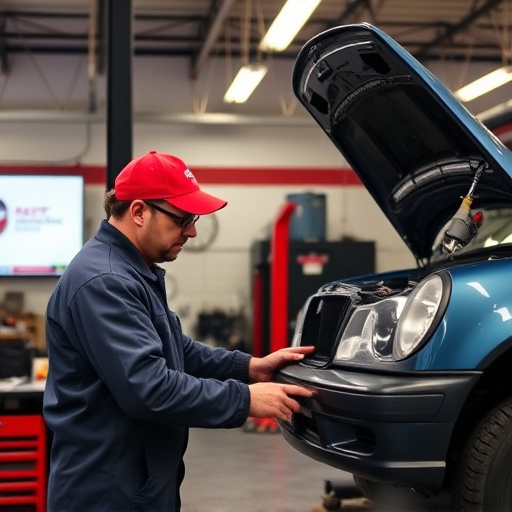
Retail stores, especially those with automotive departments or body shops, have revolutionized their inventory management processes through the adoption of computerized paint matching technologies. This innovative system ensures precise color matching for paints used in various products, from cars to furniture. By inputting a specific shade into the computer, staff can quickly access an accurate match, streamlining the replenishment process and reducing instances of overstocking or shortages.
This efficiency extends beyond just aesthetics; it plays a crucial role in collision damage repair and body shop services. When a vehicle arrives for repairs, the computerized paint matching system enables technicians to identify and order the exact color required, ensuring that the car’s exterior looks as good as new upon completion of the frame straightening process. This level of precision contributes to customer satisfaction, as vehicles leave the shop with flawless finishes that match their pre-incident appearances.
Preserving Historical Artifacts: Digital Paint Analysis and Replication
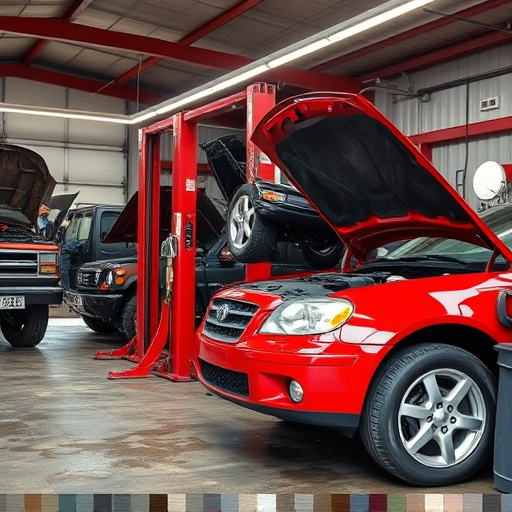
In the realm of historical preservation, digital paint analysis and replication are emerging as powerful tools for safeguarding cultural artifacts. By employing advanced computerized paint matching techniques, conservationists can meticulously study and recreate original finishes on ancient artworks, archaeological findings, and vintage vehicles. This process involves capturing detailed spectral data from existing paint samples, which is then used to identify exact color formulations and finishes. Once the historical paint composition is known, specialized software can guide the replication process, ensuring a flawless match that respects the integrity of the artifact.
For instance, in collision repair shops and auto body repair facilities, computerized paint matching has become standard practice. This technology allows for precise reproduction of vehicle colors, addressing not just aesthetic concerns but also preserving the original look and value of restored vehicles. Similarly, in the field of scratch repair, digital analysis ensures that minimal damage is visible after repairs, maintaining the overall appeal and authenticity of items. This application of computerized paint matching underscores its versatility and significance in both historical preservation and modern restoration practices.
The applications of computerized paint matching extend far beyond the automotive industry, demonstrating its versatility in various fields. From enhancing historical preservation efforts to optimizing retail inventory management, this technology offers accurate, efficient solutions. As advancements continue, we can expect even more remarkable achievements in achieving flawless color matches in real-world scenarios, revolutionizing how we approach material and artistic restoration.
